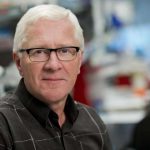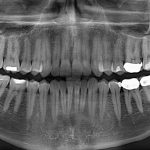Scientists brave enough to grow a spine0
- From Around the Web, Science & Technology
- December 11, 2020
Stem cells self-organise into trunk-like structures.

Stem cells self-organise into trunk-like structures.

Researchers foresee myriad benefits for humanity, but also acknowledge ethical issues

A chimera is an organism with genetic material from two or more sources. Experiments in the field may save lives but are ethically controversial

Researchers at the Hebrew University of Jerusalem (HU) have found a way to transform skin cells into the three major stem cell types that comprise early-stage embryos. The work (in mouse cells) has significant implications for modelling embryonic disease and placental dysfunctions, as well as paving the way to create whole embryos from skin cells.

The stem cells that produce our blood have been created in the lab for the first time.

Israel’s Nano Dimension uses an inkjet process to print living human tissue in 3D. Next step, a printed liver or heart?

International stem cell scientists, co-led in Canada by Dr. John Dick and in the Netherlands by Dr. Gerald de Haan, have discovered the switch to harness the power of cord blood and potentially increase the supply of stem cells for cancer patients needing transplantation therapy to fight their disease.

Stem cell-stimulating fillings could change dentistry and save your teeth

No, this isn’t Frankenstein, scientists are studying on how people who were clinically declared dead back to life.

Recent studies have also suggested that some electrical activity and blood flow continues after brain cell death, just not enough to allow for the whole body to function.



